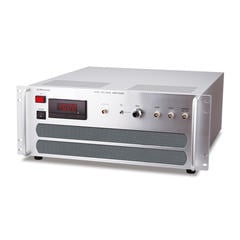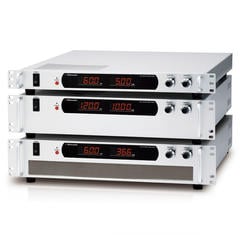Artificial muscles are actuators that operate by simulating a muscle. Artificial muscles made of elastomers and polymer gels are being developed and are characterized by their flexibility. Artificial muscles are classified into the following categories.
- Dielectric elastomers
- Electroactive Polymer (EAP)
- Ionic Conducting Polymer gel Film (ICPF)
- Pneumatic Artificial Muscles (PAMs)
- Electrorheological fluids (ER fluids)
- Magnetorheological fluids (MR fluids)
- HASEL Actuator
In this section, we will discuss artificial muscles called HASEL actuators.
A HASEL (Hydraulically Amplified Self-healing ELectrostatic) actuator is a novel type of artificial muscle. Its operating principle relies on electro-hydraulics: when a high voltage is applied to electrodes on a flexible pouch filled with a dielectric liquid, the resulting electrostatic forces cause the liquid to shift. This redistribution of liquid deforms the pouch, generating mechanical actuation. Unlike conventional piezoelectric actuators that rely on the deformation of solid materials, HASEL actuators utilize a liquid-filled pouch. This design allows them to achieve significantly larger displacements, enabling large, muscle-like movements.



HASEL actuators typically require high operating voltages, often ranging from several kilovolts (kV) up to 20 kV or more. For applications requiring high-speed operation, a high-voltage amplifier is necessary to rapidly switch the voltage and drive the actuator dynamically.
Our DC power supplies and high voltage power supplies have been featured in research and development papers on artificial muscles.
- Related words:
-
- HASEL Actuator (Artificial Muscle)
- Electrohydrodynamic (EHD)
- Dielectric elastomers
- Electroactive Polymer (EAP)
- Ionic Conducting Polymer gel Film (ICPF)
- Pneumatic Artificial Muscles (PAMs)
- Electrorheological fluids (ER fluids)
- Magnetorheological fluids (MR fluids)
Recommended products
Matsusada Precision, the leading high voltage power supplies manufacturer, provides an extensive lineup for HASEL actuators.










